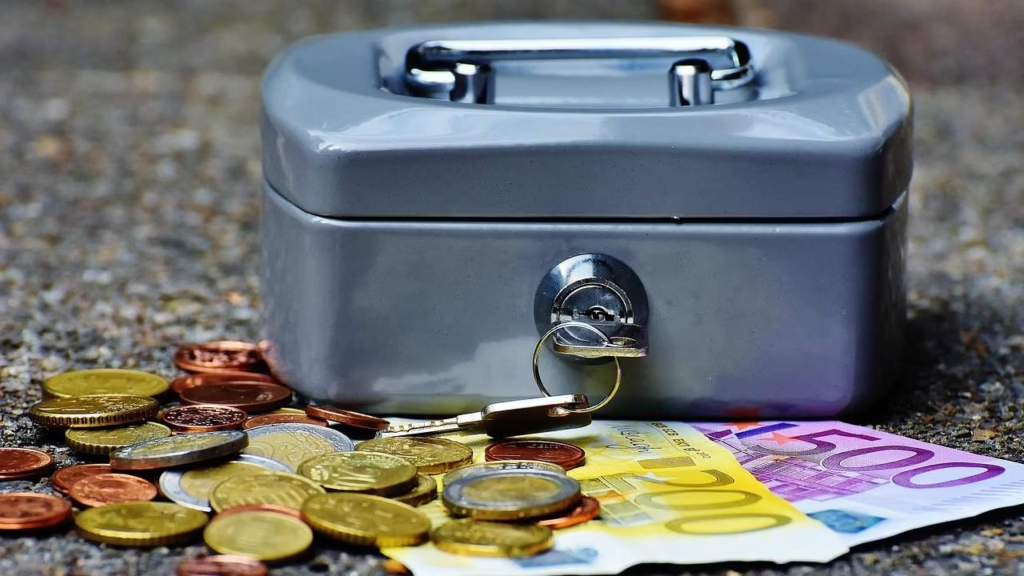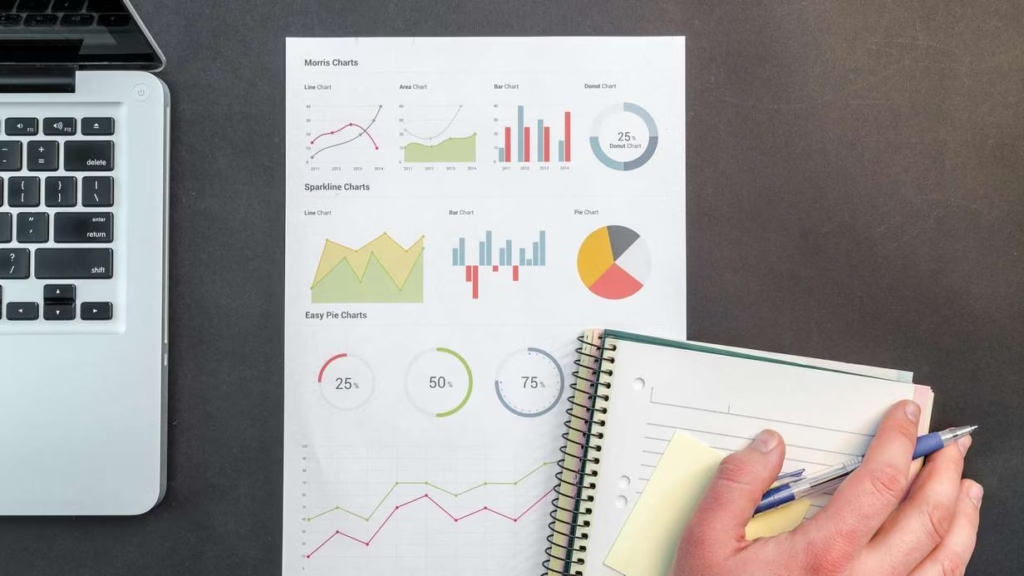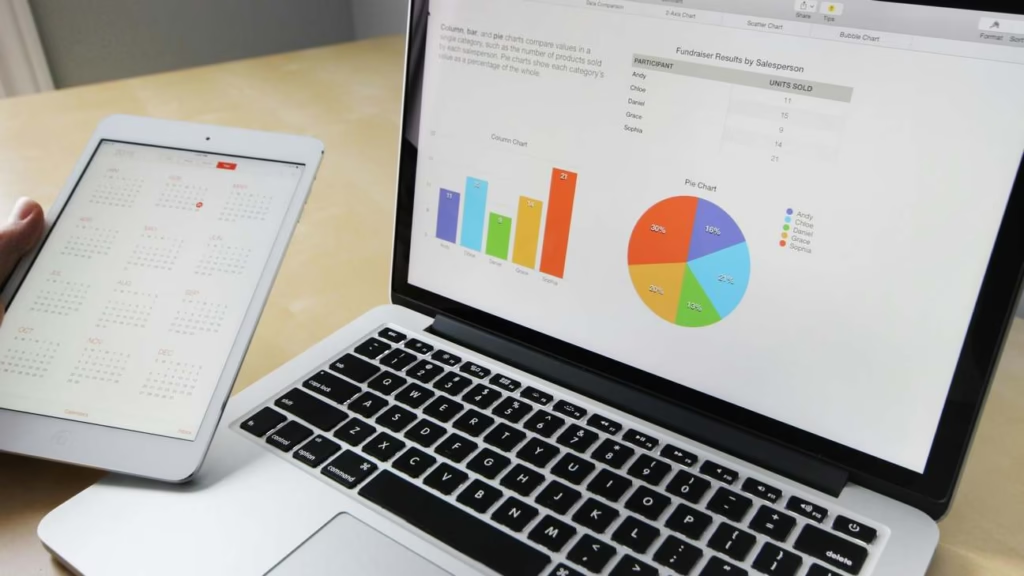Clear, practical answers about money-last calculators: accuracy, inflation, withdrawal rules, and retirement planning for 2026.
Table of Contents
You open a calculator. You put in your savings. You enter how much you want to spend each year. It says, “Your money will last X years.” You feel good. Then life happens. The market drops. Food costs more. You live longer than expected. This guide will help you use these tools right. It will show you what they can and cannot do. You can find a free tool like this here. It will help you plan well.
What is a “How Long Will My Money Last” Calculator?
This tool shows how long your savings will last. You put in:
- How much you have saved
- How much you want to spend each year
- How much your money might grow
- How fast prices might rise
The tool then says how many years your money might last. Some tools show one path. Others show many paths. This helps you see what might happen.
How These Tools Work
One Path vs. Many Paths
One path tools use the same return and inflation each year. They are easy to use. But they show just one possible future.
Many paths tools use different returns each year. They show many possible futures. This gives you a better idea of what might happen.
The Basic Math
Here’s how it works:
- Start with your savings
- Take out what you spend
- Add what your money earned
- Move to next year
If prices go up, you spend more each year. Small changes now can mean big changes later.
What Changes the Results Most?
How Much You Spend
Taking out 4% of $1,000,000 gives $40,000 a year. Taking out 3.7% gives $37,000. That small change can make a big difference. Many experts now say to take out less than 4% to be safe.
When Markets Go Up or Down
Bad markets early in retirement can hurt you most. This is called sequence risk. Many paths tools show this risk. One path tools do not.
Price Increases
If prices go up 3% a year, $40,000 today needs to be about $70,000 in 20 years to buy the same things. This means you need more money each year.
How Long You Live
You might live longer than you think. A 65-year-old today might live to 85 or more. This means you need money for more years.
Taxes and Fees
Taxes take money from your savings. Fees lower your returns. Good tools let you add these in.
What Real Data Shows
Safe Spending Rates
Many experts now say to spend less than 4% to be safe. They think 3.7% or less is better today.
Price Rise Example
If prices rise 3% a year, $40,000 today will need to be $70,000 in 20 years. This means you must plan for bigger spending over time.
Return Changes
If your money grows 5% a year, your savings might last longer. If it grows 7%, it will last much longer. This shows why growth rates matter a lot.
How Good Are These Tools?
These tools are useful. But they are not perfect.
What They Do Well
- Show how changes affect results
- Give a range of what might happen
- Show which factors matter most
What They Miss
- Say things will happen in exact years (like 27.4 years)
- Don’t show how you might change your spending
- Use past data that might not fit the future
Rule: Use these tools to see what might happen. Don’t think they show what will happen.
How to Use These Tools Well
Run Many Tests
Try three cases:
- Good case: high returns, low price rises
- Normal case: average returns, 2-3% price rises
- Tough case: low returns, high price rises
Use Many Paths Tools
A tool that says “70% chance your money lasts 30 years” is better than one that says “27.4 years.” Pick a chance you feel good about.
Use Real Price Rise Numbers
Use 2-3% for normal times. Test 4-5% to be safe. This shows how price rises can hurt your plan.
Plan to Change Your Plan
Good plans have room to adjust:
- Spend less when markets drop
- Keep 2-5 years of cash for bad times
- Use some money to buy steady income
Common Questions
Is there one safe spending rate?
No. The old 4% rule was a starting point. Today, many experts say to start lower. Be ready to change your spending as needed.
What price rise number should I use?
Start with 2-3%. Test higher numbers too. This shows how price rises affect you.
How does living longer affect me?
Living longer means you need money for more years. Use life expectancy for your age. Don’t use birth year numbers.
Should I trust free online tools?
Yes, for first ideas. Check what they assume. Run many tests. Talk to an expert for big choices.
A Simple Example
You have $1,000,000. You take out $40,000 a year. Prices rise 3% a year.
- Year 1: Spend $40,000
- Year 2: Spend $41,200 (3% more)
- Year 20: Spend about $70,000 (to buy the same things)
If your money grows 5% a year, you might have money left after 30 years. If it grows 7%, you will have more. This shows why growth rates matter.
Make a Good Plan, Not Just a Number
Follow these steps:
- List all your money and income
- Run many tests (good, normal, tough)
- See what you can change (spending, age, income sources)
- Pick a spending rate you feel good about
- Check your plan each year
What to Know for Today’s World
- Bond rates are higher now. This means safer income options pay more.
- Social Security payments change each year. Plan for this in your cash flow.
How to Pick a Good Tool
Look for tools that:
- Let you set growth and price rise rates
- Show many possible paths
- Let you add taxes and fees
- Let you change spending over time
- Show clear reports you can share
Conclusion
A “how long will my money last” calculator is a great start. But it’s not the whole plan. Use it to test ideas. Run many tests. Be ready to change. Think about what might happen, not what will happen.
You can use a simple tool like this here to get started. It will help you see your options. Then make a plan that fits your life. Check it each year. Stay flexible. This is how you make your money last as long as you need.

























